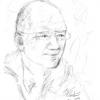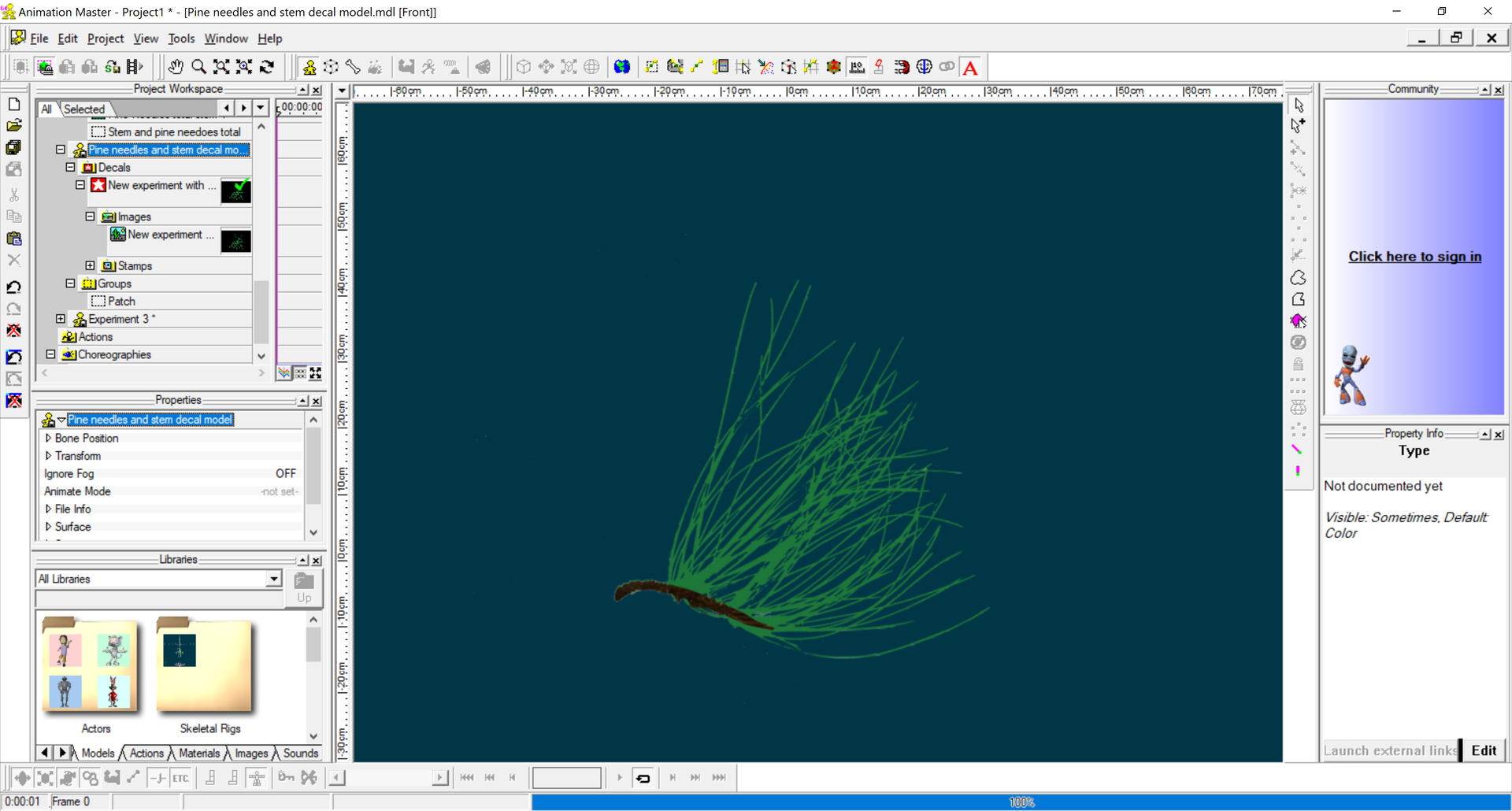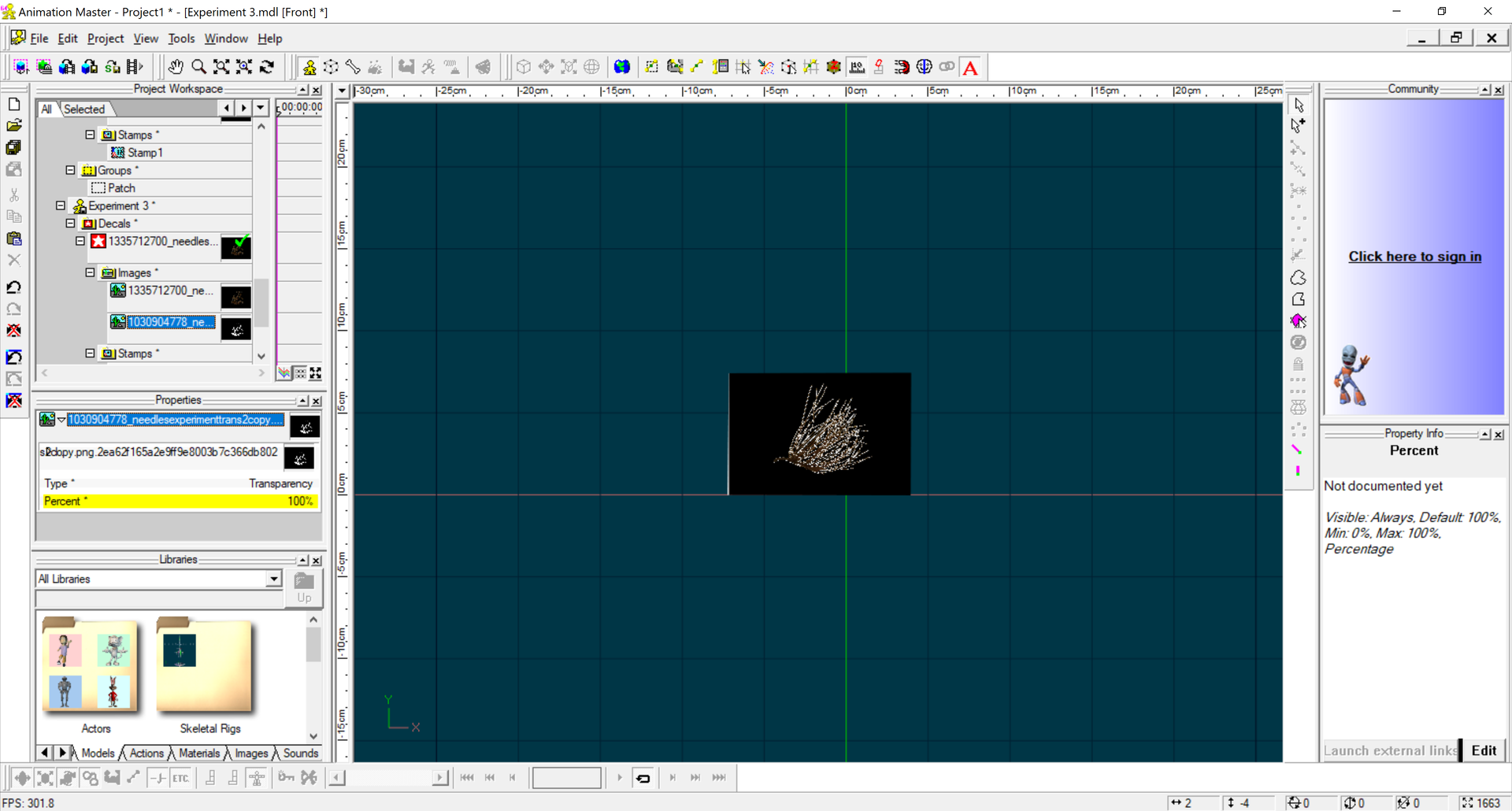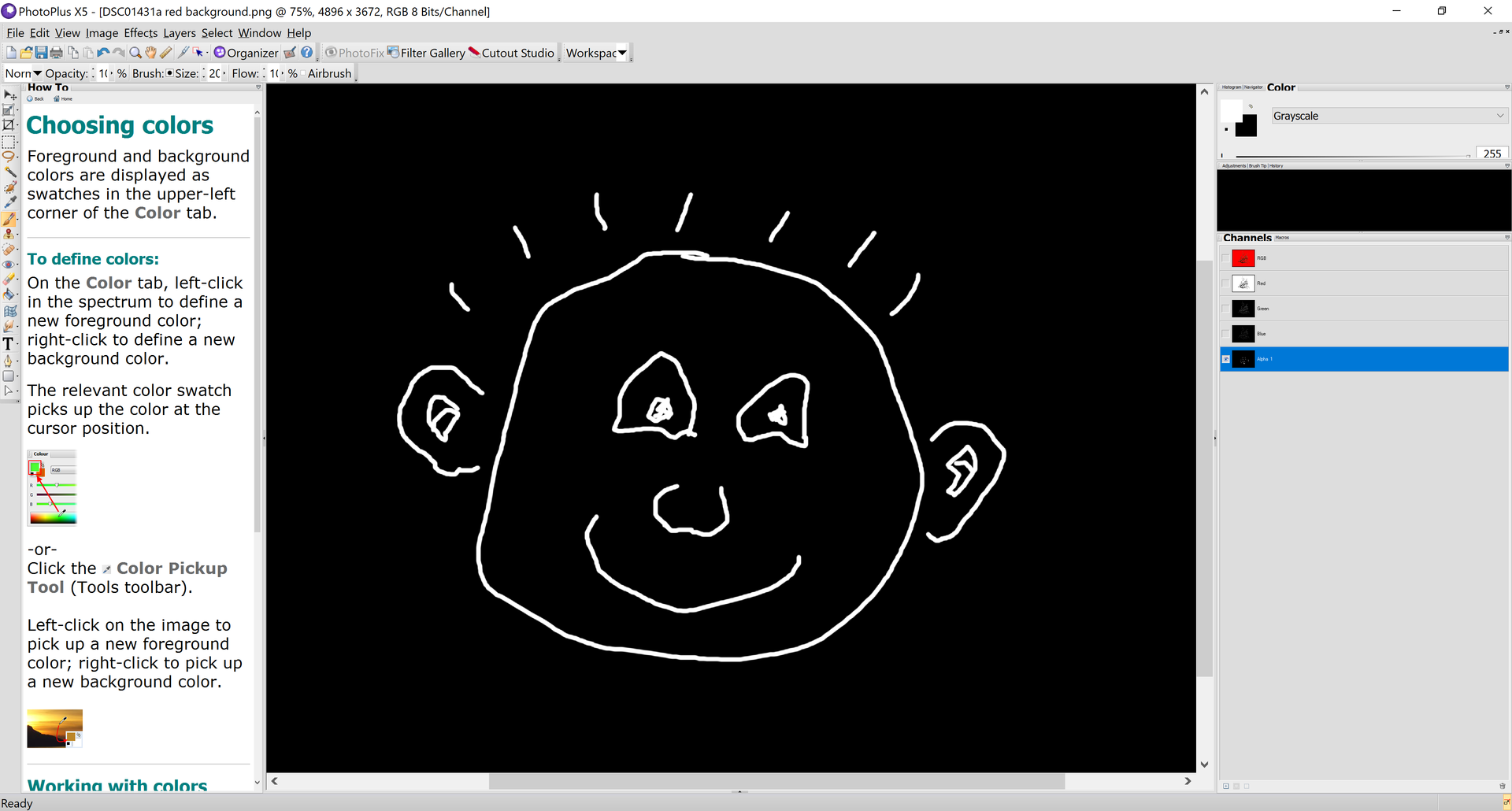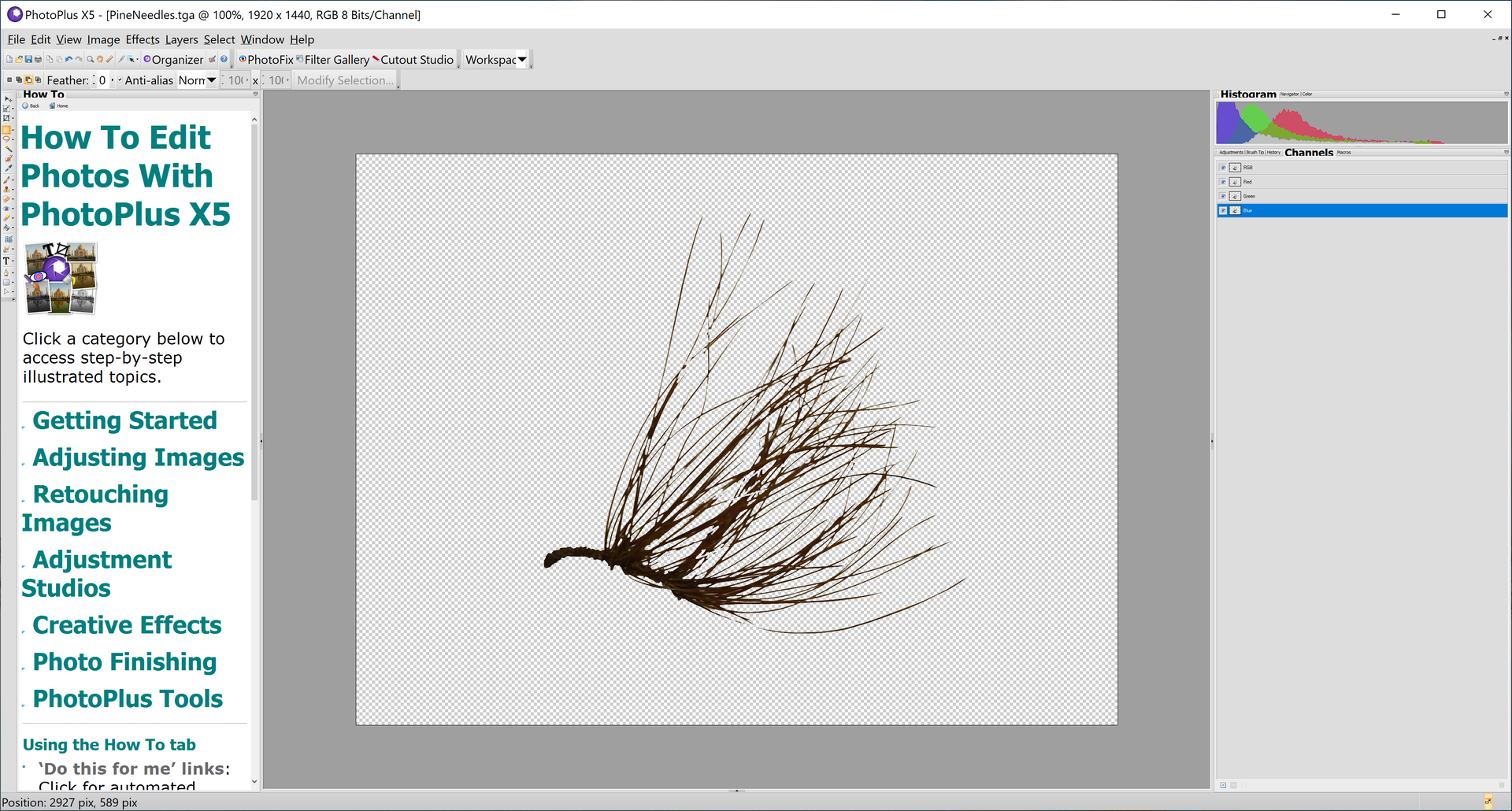-
Posts
99 -
Joined
-
Last visited
-
Days Won
5
Content Type
Profiles
Forums
Events
Everything posted by Pitcher
-
I highlighted the model that I wanted to import the action for. I right clicked on the highlight. A choice to import an action was there. I navigated to the action file and clicked. The action was imported, and the model changed. Thanks! I had always done this through the library like it shows in the book. This way seems to take out the middle man. I appreciate your patience.
-
I went to import it into the project, but I did not see a choice for importing an action. How do I import the action into the project?
-
Today is the first day that I have tried in Version 19 to drag an action file shortcut onto a model. I have the action file. I have a shortcut in the library. I have the library on the monitor just below the Properties. When I click to drag the shortcut over the model, there is a very small icon that begins over the Project Work Space separately from the mouse arrow, but will not go over the highlighted model that I want to apply it to. The model does not have the unpickable sign on it. The arrow goes entirely off the monitor and the shortcut is not even on the middle of the screen. Also, sometimes I get an error message that says "Encountered an Improper Argument ". How do I fix this issue? I've already tried using the backup copy of the choreography file with the same results. I also tried importing the choreography file into a new choreography file, but had the same results. I use Windows 10.
-
I apologize for missing our meeting yesterday! At 10:00 a.m., I was all ready, but by noon different things at my house had grabbed my attention. I didn't realize I had forgotten the appointment until last night around 10:00 p.m. I'll have to set an alarm or something to remind me of the time. During last week, I reinstalled skeletons for all my damaged characters. I did save copies of damaged characters with foot targets that didn't work so that we could look at them if we wanted to figure out how to repair the foot targets. This seems to be a weak point of the skeleton A:M advises us to use. This has happened to my skeletons on about three different occasions. I use the same templates and morph them a lot, because it saves me from having to put in the user properties, and code the fingers, etc. Usually, everything goes well, but sometimes it doesn't. Then, it seems, there is no way to make a repair.
Well, anyway, sorry I missed our meeting and hope to see you around the forum. Have a great holiday!
Pitcher
-
It turns out that Plan B is probably going to work OK. I just used the leg bones to get the character to walk. Thanks for taking a look at this. I meant to come this last Saturday, but something came up. I may still be there this coming Saturday.
-
I might bring it to Live Answer Time! this Saturday. Hope you have a wonderful holiday!
-
Thanks. I have quite a few characters in the scene, and all of them work except this one. Actually, to let you in on the true horror of the situation, I was making a tribe of Native Americans who all looked like Caddos. The females were variations on one template female, and all of them work fine. Unbeknownst to me something was wrong with my first Caddo male, and the rest all had the same malady. That malady is that the foot targets don't work. Even though they are all male Caddos, they have different necklaces, bracelets, vests, leggings, face paint, etc. It is a giant pain to go back and recode their various body parts, coverings, and doodads to different skeletons. That's why I'm so intent on finding some way to reconnect foot targets. I'm not completely crazy about foot targets. Maybe, I could make the things work if I just have the bones where I can see them. Maybe, that would be a reasonable Plan B if reconnecting the foot targets is deemed impossible.
-
It has happened again. The foot targets have become unattached. Forget about double skeletons or anything like that. This was just a case of my preparing a character, and I got him all done and ready to use. Then, I noticed that his foot targets won't work. Is there any way to reconnect the foot targets? I am using the 2001 skeleton that the book I received with the program advised me to use. The foot targets on this skeleton seem to be the weak point, because this same difficulty has happened to me about three or four times. It seems that I should not have to throw away the old skeleton and put another one in its place. Surely, there is a way to reconnect the foot targets. I have compared all settings with other models where foot targets work, and I have not found any differences. I have tried before to copy foot targets from a working model to a damaged model and got it to work again. I also tried that today, and found that apparently the new foot targets somehow target something themselves, and this time they picked the wrong target. (There was something in the help that appeared on the right part of the screen on this when I did it that I did not understand at all. There were rules about Euler or something that sounded like computer engineers would know, and I just erased it, because it was too threatening.) Does anyone know how to reconnect foot targets on the 2001 skeleton by first opening this, then clicking on that, then pressing the "on" button, or something like that?
-
Deleted content
-
robcat1275, I think I finally understand. The part where I was losing you was when you would render the decal model. That went by so fast that I did not understand what you had pressed and what you were doing. Once I understood that, I also understood what you were saying about using the alpha channel in A:M's rendering. Wildsided, once I finally understood that the effect doesn't show up until the rendering is done, I also looked at what you instructed, and it works fine. Thank you both for your patience!
-
No, I did not do cookie cut. I went back up to the movie you made above, and now I understand where you are going with this. I will watch the movie a few more times and apply the information in your movie to the new picture. Also, since we are not doing alpha channel in the PhotoPlus program, but instead are doing a png, is it really important for me to use the PhotoPlus program? I am much more familiar with the Adobe Photoshop Elements 5.0 that I have. I could just go to that and make a png. I don't know if at some point we are going to try to use alpha channel again in the PhotoPlus program. That didn't seem to go well. I realize that I am a slow student here, but it is completely different from anything I have done before. Once I get it, however, I will take it to the grave. It seems to be of vital importance for more advanced modeling. In the book that comes with the program, someone might want to add a page that says something like, "When you have learned these basic skills, you will need to explore: (LIST OF SKILLS REQUIRED TO DO AT LEAST A MID-LEVEL JOB WITH MODELING AND A REFERENCE TO ROBCAT TUTORIALS A-H)." All of this that I'm trying to learn now seems to be a whole different level of abstraction from the initial skills, and I am very grateful for your efforts in teaching it to me. By the way, I said Mid-level above, not because I think that's where your tutorials leave off. I think your tutorials probably show much more than I might ever learn, but I think learning this kind of thing to some extent is needed to get beyond the basics. Another idea is to include a list of additional software that might be helpful in doing the next level of lessons. When I read some of the discussions that have gone before, I see that someone takes the file out of A:M and puts it in Program X and does something to it there, and then might take it into Program Y and do something there and take it back to A:M to use it in a final project. I don't usually understand what Program X might be or how we know it is compatible with A:M files or what is special about Program Y and why it's needed. A little on ancillary software might be helpful for novices like me.
-
robcat1275, my son showed me how to make the picture. I was able to write on the invisible background and save it as a png. I applied it to a patch. It did not make the patch disappear. It looked like the picture I drew on the white patch. Wildsided, I tried your suggestion, but I must have done something wrong. The pine needles showed up on the patch with a black background. A screen print is attached.
-
I'm not really sure when the Live session is on Sat. I'll have to check the time. I will try to be available. Wildsided, thanks for the idea. I will see if I can do that.
-
I'm not sure if I really know what to do. I may just be messing it up. But when I have just a checkerboard background, the program will not let me draw on it. It saves as a white rectangle. The png. when applied as a decal, does nothing to the patch. The patch looks like it did before. While waiting on the Internet today, I modeled a stem and pine needles. You've mentioned several times that there is a way to model pine needles in A:M and use the alpha channel there to do the cookie cutter approach. That may be what we need to do since my photo program is as it is. I will attach the model file for the stem and pine needles. Pine needles on stem.mdl
-
My internet seems to be going in and out. I wasn't able to get on for a long time today. I'll try the png tomorrow and get back to you.
-
There were not many options. Actually, I had to "Export" the picture to get to other formats. As I might have said at one time, the Serif programs will sometimes do unexpected things that are not usually available in programs of their price but they are also, at least to me, mysterious and not user friendly. The book for the program in pdf format seems pretty straightforward, but when we try to do real things with the program, we must explore far and wide to find buttons that are front and center in programs we are used to. I haven't found a forum for the program and haven't been able to get in touch with technical support to ask them anything either. I have Googled several questions.
-
The program is saying that there are some features that cannot be saved out in a normal format. It wants to save as a Photoplus file. Also, when I export it as a TGA, it does not ask whether I want a 24 or 32 bit. I saved it out as a TGA and closed the program and opened it in the program. The channels tab did not show the Alpha channel. Then, I closed the program again and opened the Photoplus format file in it, and the Alpha channel showed up.
-
I did that. Here is a screen print. (I'm having to learn about the program and make some adjustments, because the display is affected greatly by the much higher screen resolution that my monitor has.)
-
robcat1275, I received my Photo Plus X5. I'm including a screen print of the channels tab to show you that for whatever reason, the program did not see the alpha channel in the copy of the pine needles picture you made. The book that goes with the program says that all the channels seen will be displayed in the channels tab by default. Any ideas?
-
Pretty slick, Fuchur! That's a great idea for making sure the camera never sees the side that looks empty.
-
robcat2075, I'm looking forward to reading through the tutorial. There's a lot I need to learn. fae_alba, I appreciate the insight, and I'm hoping robcat's suggestion for the intersecting planes will help. I just found out that my new Photo Plus X5 program is supposed to arrive on Monday. I will be better able to continue at that time. I think the company that sells the program is way beyond this version, but I think this version will do it for me, and I got the program at a greatly reduced price from what they were selling it for four or five years ago. I didn't buy it then because the X4 version was fine for my needs then. I've become a bit of a miser since I retired. I really appreciate how Hash has kept the price of A:M at a reasonable level. It's a great value and can do so much more than I'm ready for at this time. (Thought I'd throw in a little commercial, because the program has provided me with thousands of hours of enjoyment during the past nine years or so.)
-
The idea of the intersecting panes is terrific! I will try and see how that looks. One of the reasons I'm thinking along these lines is that I normally stick with the tried and true I've done before basically modeling how we learned in the book that came with the program. The only difficulty there is that I end up with 1/4 million to 1/2 million patches in my model and sometimes a couple of million patches in my choreography. This is my effort to bring it in bounds. Thanks for your help.
-
That clears up a lot. I think it would be quite useful to know how to do this, but I have tried little sections of a sphere with decals on the tree structure I have modeled, and I don't think they are going to have the volume and umpf I need to make it look three dimensional enough. I want to continue learning how to write on the alpha channel, however, so I will certainly let you know when I receive the next version of my photo program with the required feature. I also looked at an example of "cookie cutter" and alpha channel you participated in earlier, and I was a bit overwhelmed with that one. Today's video is much easier for me to understand. Thanks for helping be get my feet wet in this.
-
I looked all around the edge of the work space, but I did not see a button for cookie cutter mode. I have a decal that is transparent in the background with only the stem and pine needles showing. Will that control the surface to which the decal is applied, or is there more to it? I am attaching my decal. DSC01431e.tga
-
FYI: I tried the original idea. My son helped me make the decal. I applied the decal to a portion of a sphere. The decal just showed the little stem and the pine needles. Then I tried to make the portion of the sphere invisible, and I hoped the stem and pine needles would remain visible, but it made the decal invisible also. A little disappointing!









